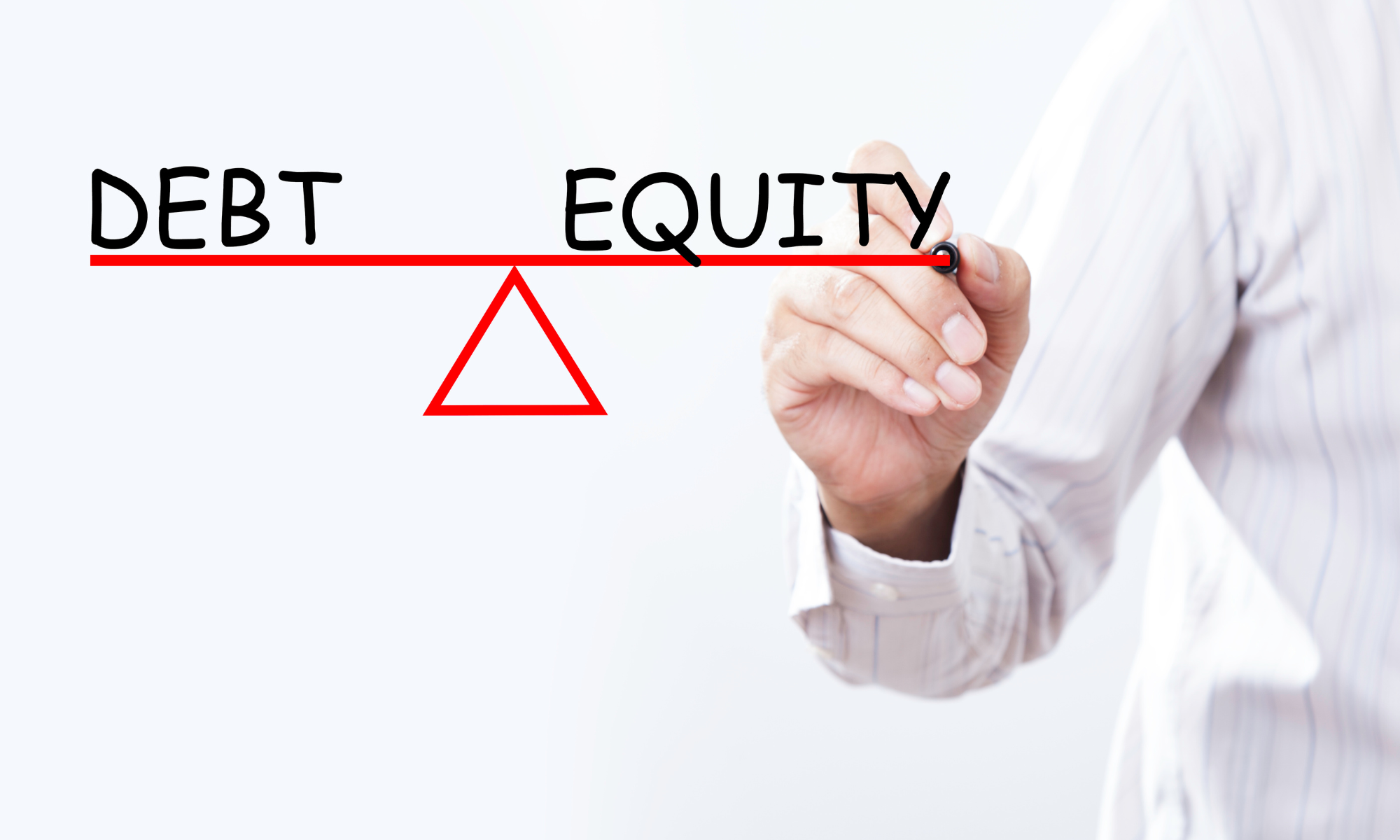In the world of finance, a company’s capital structure is a key factor in determining its financial stability and health. It refers to the ratio of debt to equity that a business utilizes to fund its operations and expansion. Achieving the ideal capital structure is important for businesses because it can lower capital costs while increasing shareholder value. This article will discuss the significance of striking the ideal combination between debt and equity, the variables that affect capital structure choices, and how to evaluate a company’s optimal capital structure.
Understanding Capital Structure
A company’s capital structure is the combination of debt and equity it employs to finance its operations. While equity refers to ownership shares in the firm, debt is borrowed money that the corporation is required to repay, usually with interest. Equity can be represented by common stock or retained earnings, while debt can be in the form of loans or bond issued.
When resources are financed by a combination of debt and equity, a company’s capital structure can be seen in its balance sheet. The capital structure’s debt to equity ratio can change depending on a number of variables, including risk tolerance, company size, and industry standards. The financial performance, risk profile, and capacity for capital raising of a corporation can all be significantly impacted by its capital structure.
The Importance of Optimal Capital Structure
For businesses, determining the best capital structure is essential because it can significantly affect their cost of capital and overall financial success. The average rate of return that a business needs obtain on its investments in order delight its investors is referred to as the cost of capital. Companies can increase their market value and shareholder wealth by reducing the cost of capital.
Moreover, companies can control risk with the use of an ideal capital structure. A firm with too much debt might be more likely to go out of business, whereas a company with too much equity might not be making the most use of its resources. Debt and equity should be used in a way that reduces risk while maximising development potential for businesses.
Factors Influencing Capital Structure Decisions
There is no single solution for choosing the best financial structure. It depends on a number of variables that can differ from company to company. The following are some of the major variables that affect capital structure alternatives:
Business Characteristics
A company’s capital structure may be significantly impacted by the nature of its business. Industries that require large upfront investments, like manufacturing or infrastructure, may do so and may rely more on debt finance. On the other side, sectors like technology or software that require less capital may rely more on equity financing.
Risk Appetite
Each business has a distinctive risk tolerance that influences the amount of risk it is willing to take. Debt financing may be more appealing to businesses with higher risk capacities if they want to leverage their profits. Companies with a weaker tolerance for risk, on the other hand, can put more emphasis on a capital structure with a higher share of stock.
Market Conditions
Decisions about capital structure can also be influenced by market factors like interest rates and investor expectations. Debt finance may become more appealing in low-interest rate conditions since businesses can borrow money for less money. On the other hand, high interest rate environments can force businesses to rely more heavily on equity funding.
Tax Considerations
Capital structure decisions are influenced by tax factors because interest on debt is typically tax deductible. Debt financing may be more affordable for businesses because to this tax benefit, particularly in countries with advantageous tax regulations.
Company Size and Growth Stage
A company’s capital structure decisions may be influenced by its size and stage of development. Smaller businesses and startups could have less access to debt financing and may rely more on equity to finance their expansion. Companies may be able to take on more debt to support their operations as they grow and provide steady cash flows.
Calculating the Optimal Capital Structure
Finding an appropriate ratio of debt to equity that reduces the company’s cost of capital and increases shareholder value is the key to calculating the optimal capital structure. The debt-to-equity (D/E) ratio is one of the methods frequently used to evaluate capital structure. This ratio assesses a company’s financial leverage by comparing its total debt to its total equity.
Divide the company’s total liabilities (debt) by its total equity to arrive at the D/E ratio. When a company has a greater D/E ratio, it means that it relies more on debt financing, whereas a lower ratio denotes that it uses more equity financing.
Although the D/E ratio is a helpful statistic, it’s crucial to take other aspects like industry standards, risk profile, and growth prospects into consideration when choosing the best capital structure. There is no one solution that works for all businesses; instead, every company’s ideal capital structure will depend on its particular circumstances.
Conclusion
For businesses, determining the ideal capital structure is crucial because it can significantly affect their financial performance, risk profile, and capacity for capital raising. Companies can reduce their cost of capital, increase shareholder value, and successfully manage their risk by finding the correct ratio of debt to equity.
Although there isn’t a standard approach for choosing the best capital structure, businesses should take their business features, risk tolerance, market conditions, tax implications, and company size into account. To maintain consistency with the company’s aims and objectives, the capital structure must be evaluated and monitored on a regular basis.
In conclusion, the ideal capital structure is a dynamic, ever-evolving concept that necessitates in-depth research and thought. Companies can position themselves for long-term success in the constantly shifting business environment by finding the correct balance of debt and equity.

